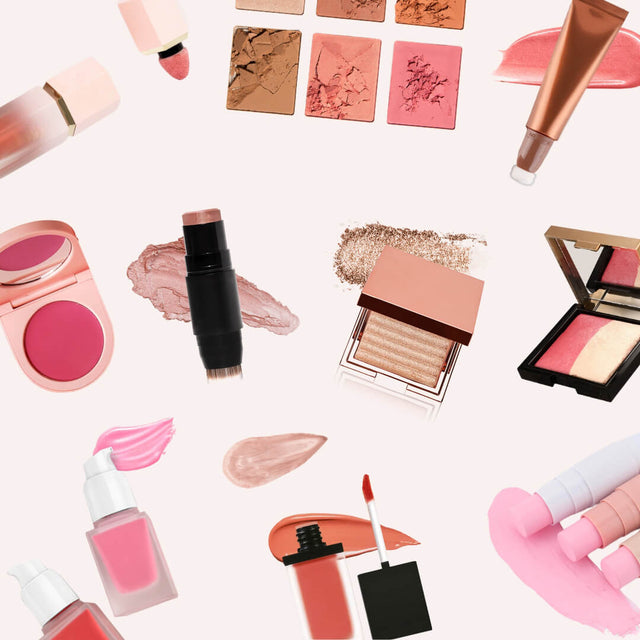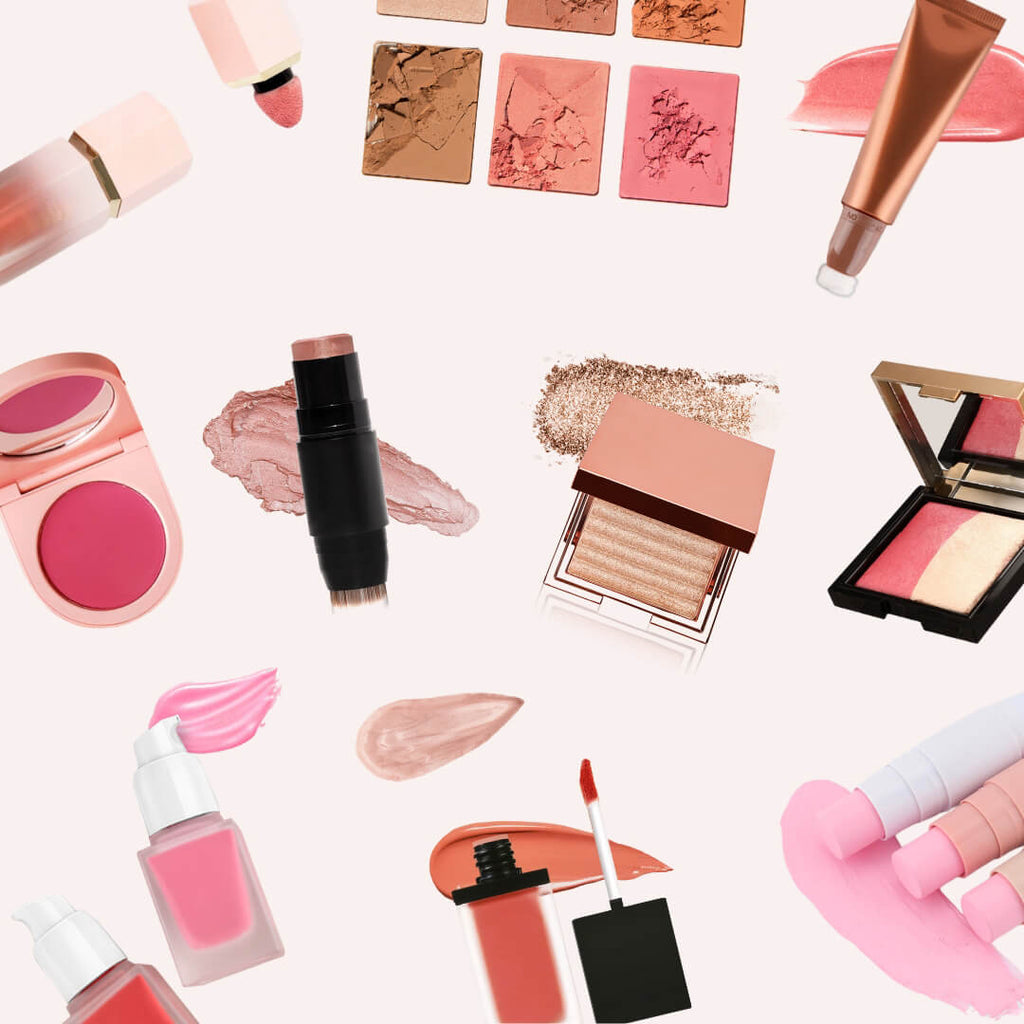Private Label Lip Gloss Launch: Step-by-Step Formulation, Packaging & MOQ Guide for Vegan Lip Products
Ultimate Guide to Launching a Private Label Lip Gloss Like a Pro
Launching a private label lip gloss that is vegan, on-trend, and profitable is totally achievable even if you are a first-time beauty founder. This expanded guide walks you through market context, formulation basics, packaging choices, MOQ realities, cost-control tactics and manufacturer questions — all with actionable checklists so you can move from concept to first production without costly missteps. Target keywords: private label lip gloss, custom cosmetics, MOQ, vegan lip product.
Why Lip Gloss is a Smart Launch Product in 2024–2025
- Renewed demand for glossy finishes: After years of matte dominance, glossy textures returned in 2024 driven by social trends and skin-first makeup. Look for continued interest as customers favor natural-looking shine and quick routine products.
- Vegan and clean credentials matter: Buyers increasingly search for ethical and transparent beauty. Positioning as a vegan lip product gives you credibility and a wider audience at launch.
- DTC and sustainable packaging trends: Direct-to-consumer brands emphasize sustainable materials and simple, high-impact packaging — a pairing that helps small brands compete with legacy players.
Step 1: Formula Foundations — What Beginners MUST Know
Focus on one reliable base formula and iterate. Complexity increases cost and development time. Here is a step-by-step formulation approach geared to private label, vegan-friendly glosses that work with common filling equipment.
Recommended base framework
- Shine base: Use a non-sticky ester blend or hydrogenated polyisobutene derivative to achieve high shine without tack.
- Slip and hydration: Include lightweight oils such as fractionated coconut oil or jojoba esters. Castor oil derivatives give thickness but can increase tack; balance carefully.
- Structure: Use vegan waxes like candelilla or carnauba to prevent separation and help fillers work reliably.
- Film formers: Low percentages of natural or biodegradable film formers increase wear and reduce transfer.
- Actives and antioxidants: Hyaluronic acid in low molecular weight, vitamin E, or botanical extracts for marketing claims and improved lip feel.
- Preservative system: Choose a preservative recognized for safety and lip use; confirm with your manufacturer and regulatory requirements that it is vegan-friendly.
Formulation checklist for beginners
- Start with a single non-sticky gloss base and perfect texture before adding pigments or flavors.
- Confirm ingredient sources are certified vegan and cruelty-free if you plan to market those claims.
- Keep pigment load low for classic shine and offer higher-opacity variants later to limit development complexity.
- Document every percent and supplier lot for regulatory and scale-up purposes.
Never skip stability testing! Stability, microbiological and preservative efficacy tests are non-negotiable. They prevent recalls, protect customers, and are required by many retailers and marketplaces.
Step 2: Packaging That Sells — Budget to Luxury Options
Packaging affects perceived value, logistics, MOQ and environmental footprint. Choose based on your target price point and brand story.
Packaging options and cost considerations
- Economy option: Standard PET or PP tubes with doe-foot applicators. Pros: low cost and low breakage risk. Typical entry-level price per component can fall under budget thresholds at higher MOQs.
- Mid-tier: Glass tubes with metal collars or heavier caps for a premium hand-feel; costs are higher and shipping must be considered.
- Premium and sustainable: Sugarcane-based tubes, recycled glass, refillable systems or molded bamboo caps. These lend strong positioning but may increase MOQ and unit cost.
Packaging decision checklist
- Match packaging to target retail price and brand story.
- Obtain fit-and-leak samples with your exact formula — packaging compatibility is a frequent source of recalls.
- Verify lead times for bespoke components; custom caps, embossing and secondary boxes add weeks to production.
Step 3: Color Strategy — From Shade Selection to Profitable SKUs
Choosing the right starter shade set is like building a capsule wardrobe for lips: select versatile, synergistic colors that reduce inventory risk while appealing to broad audiences.
Five shade starter strategy
- Clear/topcoat: Universal, low-risk, boosts other products and serves as a bestseller.
- Soft pink: Everyday wearable with broad appeal.
- Cool nude: Complements cooler skin tones and current neutral trends.
- Warm rose: Adds warmth and depth for many customers.
- Sheer berry: Evening and seasonal bestseller with visual impact.
Color handoff and production tips
- Work with your manufacturer or color lab to generate small bench batches and physical swatches — digital files are never enough for final approval.
- Use hex or Pantone references as starting points, but insist on final physical color approvals under natural and studio lighting.
- Order small sample sets to test wear, bleeding and stain before committing to larger runs.
Step 4: Cost Control Tactics — Manufacturing Insider Tips
Controlling cost is about three levers: formula simplicity, packaging choice, and MOQ strategy. Here are realistic approaches and sample breakdowns to get you planning.
Estimated cost breakdown ranges for planning
- Ingredients & formula: approximately 0.50 to 1.50 per unit depending on active ingredients and pigment load.
- Packaging: from 0.30 for basic tubes up to 2.00 or more for glass + premium caps, depending on volume.
- Filling, labeling and QC: roughly 0.10 to 0.60 per unit depending on automation and batch complexity.
- Testing & certification: one-time costs for stability, microbial and safety testing; budget 500 to several thousand depending on the number of SKUs and tests.
MOQ realities and negotiation tactics
- Typical MOQs: 300 to 2,000 units per SKU is common for custom cosmetics. Lower MOQs may be available via toll manufacturing or by sharing molds/colors with other brands.
- Negotiate phased production: do a pilot run of 300 to 500 units, then place a larger reorder once you validate demand.
- Ask about shared production runs with other clients to lower unit costs while maintaining custom formulations.
Budget control checklist
- Begin with 3 to 5 SKUs to limit upfront inventory and testing costs.
- Choose packaging that balances cost and perceived value — avoid unnecessarily expensive components on launch SKUs.
- Maintain a margin buffer for certifications, freight, customs and unexpected reformulation costs.
Regulatory, Labeling and Claim Guidance
Labeling and claims can make or break wholesale and marketplace opportunities. Plan these early.
- Ingredient declarations: list INCI names on labels and online ingredient lists. Your manufacturer should supply full INCI lists and safety data sheets.
- Vegan and cruelty-free claims: obtain certification from reputable bodies if you plan to use those badges. Ask manufacturers for supplier affidavits on animal testing policies.
- Allergen and flavor labeling: if you use flavor oils or botanicals, verify allergen rules by region and include warnings where required.
Manufacturer's Corner: How We Make Lip Gloss Development Painless
Working with an experienced contract manufacturer saves time and reduces risk. Here are the must-ask questions and red flags to watch for.
5 critical questions to ask suppliers
- What is your minimum MOQ per SKU and do you offer phased production?
- Do you provide vegan and cruelty-free documentation and supplier affidavits?
- What stability, microbial and preservative efficacy tests do you perform and at what additional cost?
- Can you provide packaging compatibility samples and fill-line trials with my exact formula?
- What are the lead times from formula sign-off to first production and from reorder to delivery?
Red flags in product development
- Lack of transparency on testing, COAs or supplier reliability.
- Vague answers on packaging compatibility or refusal to provide leak- and drop-test samples.
- Unwillingness to provide timelines or itemized cost breakdowns for development phases.
Operational Timeline: From Idea to Shelf
Typical timeline for a focused private label lip gloss launch when working with an experienced manufacturer.
- Week 1 to 2: Concept, target price, packaging scouting and brief to manufacturer.
- Week 3 to 6: Formula prototyping and small bench batches, iteration and in-house swatch testing.
- Week 7 to 10: Stability and microbiological testing, safety documentation and final formula sign-off.
- Week 11 to 16: Packaging sourcing, tooling if needed, pre-production samples, consumer sampling for final adjustments.
- Week 17 to 24: First production run, QA checks, labeling and fulfillment planning.
Pre-Launch Checklist for Your First Vegan Lip Gloss Drop
- Finalized formula and signed off COAs.
- Packaging compatibility and approved samples in hand.
- Completed stability and preservative efficacy tests.
- Clear labeling files, ingredient lists and any certification badges obtained.
- Logistics plan for storage, fulfillment and returns.
Key takeaways: Keep your initial range small, choose a reliable non-sticky base, align packaging with your price point, and prioritize documentation and testing. Never skip stability testing!
Final Notes and Next Steps
Launching a private label lip gloss can be a fast path to brand recognition when you pair a clean vegan formula with smart packaging and lean SKUs. Treat your first launch as a learning product: collect feedback, track returns and iterate quickly. Use MOQ tactics and phased ordering to protect cashflow and scale only after validating demand.
Ready to formulate and order your private label lip gloss? Speak with formulators who specialize in vegan custom cosmetics and get a starter kit tailored to your budget and brand. [CONTACT PAGE]



